What is Blockchain?
What is Blockchain?
Blockchain, which has started to enter our lives with the changing world and developing technology that we often hear about, especially with Bitcoin and Cryptocurrencies, is a decentralized data recording technology that provides encrypted transaction tracking. Cryptocurrencies, especially bitcoin, were built on this developed technology.
Blockchain entered our lives with the launch of it by Satoshi Nakamoto between 2008 and 2009, and Tapscott CEO and author Don Tapscott states that this new technology and data recording system has the potential to revolutionize the world economy. This technology, which is closely related to cryptography, brings a great innovation in terms of making the transactions both transparent and reliable at the same time.
Blockchain technology enables transactions to be carried out without being connected to a center, and from this perspective, it offers a very reliable, transparent and fast service. The most important feature that ensures its reliability is that a saved database cannot be changed or corrected again; With this aspect, it would not be wrong to say that blockchain is a data recording system, not a database. In this way, users can connect to the network without intermediaries, perform new transactions, verify transactions and create new blocks.
The blocks in which the data records entered into the system are accumulated are stored by connecting them with encryption algorithms like a chain link, and the chains are shared distributedly with all users. Blockchains where transactions are recorded are kept in a way that can be accessed by all users on the network in the same way and at the same time. In this sense, Blockchain ensures that unchangeable and unmanipulable records are kept. While in previous data recording systems, a copy of the data was kept in a root called Server or Root, blockchain does not allow changing these copies by keeping them on all devices in that blockchain.
Blockchains are kept safe by being created with the science of cryptographic encryption. Cryptography is a science of encryption; It is a branch of science that investigates secure interaction systems in an environment where untrustworthy third parties exist.
Interpreting Blockchain and the data recording technology it brings by reducing it only to economy and money creates a great misconception in perception. With blockchain technology, it is possible to create records not only in money transactions but also in many areas. Many different data, from who is married to whom to who owns which land, can be recorded in chains in the form of blocks. Thus, considering the wide range of its usage area, it can be said that it is a living technology that is more involved in life.
Explanation of Blockchain mechanics.
Computer programs work with databases, and these data are kept in centers called databases. If these centers are damaged, this data is lost or stolen; Blockchain technology was developed to keep a database on all computers on a network at the same time.
Every blockchain needs an initial block, and with the first transfer, the wheels of the blockchain start turning. So, what does the blockchain consist of?
Digital blocks, which form the basis of the data recording system consisting of blockchains, have been developed to store three different types of information. To give examples of the content of the blocks through economics; The first block contains basic information such as the transaction, transaction date, time and amount, and this basic information determines the order of the blocks in the chain. The second layer of information includes who carried out the transaction, but as another reflection of its reliability, there is a digital signature or a digital code, not personal or company information. In the third layer of the blocks, there is a coding called 'hash' that ensures the separation between blocks and the correct transaction in the correct block chain. Each of the blocks is independent and unique, the information on the blocks cannot be deleted or changed, thus demonstrating the reliability of the data recording system.
Blockchain and Law
- The usage areas of blockchain technology are unlimited. It can be applied in any situation where more than one person must make a joint decision and everyone must agree on the decision. All sectors, from economy to medicine, from science to academic fields, from transportation to law, are managed by knowledge and its transfers. Storing, processing and transferring the information that forms the basis of the work and transactions carried out constitute the basic activities of the sectors in question. The potential of blockchain technology to be applied to sectors is huge. It reduces errors and risks, reduces costs and securely transfers even the largest amounts of information quickly.
- It is possible to expand and develop the usage areas of blockchain technology in the field of law in the future, especially in information transfer and recording. This distributed and reliable data recording system, as well as the collection of legal research and articles into a block and being included in a data recording system, promises a new area in terms of storage, data and accessibility when looking forward. On the other hand, a block containing files, follow-ups and decisions, and a reliable and unchangeable recording system for the passage of legal statements and evidence between the parties are among the expectations of the law and justice system from blockchain.
- Personal Data Protection and Blockchain
- Personal data refers to any data relating to a specific or identifiable natural person. With blockchain technology, personal data protection law, for which there are many national and international regulations, is also on the agenda. With Blockchain, it has become very difficult to destroy information and data hidden in virtual data blocks and chains. The striking practice here is, as seen in the decisions of the CJEU in previous years; The right to be forgotten and the rights and practices that allow personal data to be deleted when necessary. International jurisprudence and the decisions of the CJEU are closely related to the KVKK. In the context of KVKK and ECJ decisions, individuals have the right to request the deletion of their information within the scope of the right to be forgotten, but the unchangeable and undeletable feature of blockchain technology constitutes an insecurity in terms of protection of personal data. In this context, the relationship between blockchain and law emerges; It is expected that the technology and data recording system in question will comply with legal regulations and decisions and be updated accordingly.
Smart Contracts And Blockchain
What is Blockchain?
Blockchain, which has started to enter our lives with the changing world and developing technology that we often hear about, especially with Bitcoin and Cryptocurrencies, is a decentralized data recording technology that provides encrypted transaction tracking. Cryptocurrencies, especially bitcoin, were built on this developed technology.
Blockchain entered our lives with the launch of it by Satoshi Nakamoto between 2008 and 2009, and Tapscott CEO and author Don Tapscott states that this new technology and data recording system has the potential to revolutionize the world economy. This technology, which is closely related to cryptography, brings a great innovation in terms of making the transactions both transparent and reliable at the same time.
Blockchain technology enables transactions to be carried out without being connected to a center, and from this perspective, it offers a very reliable, transparent and fast service. The most important feature that ensures its reliability is that a saved database cannot be changed or corrected again; With this aspect, it would not be wrong to say that blockchain is a data recording system, not a database. In this way, users can connect to the network without intermediaries, perform new transactions, verify transactions and create new blocks.
The blocks in which the data records entered into the system are accumulated are stored by connecting them with encryption algorithms like a chain link, and the chains are shared distributedly with all users. Blockchains where transactions are recorded are kept in a way that can be accessed by all users on the network in the same way and at the same time. In this sense, Blockchain ensures that unchangeable and unmanipulable records are kept. While in previous data recording systems, a copy of the data was kept in a root called Server or Root, blockchain does not allow changing these copies by keeping them on all devices in that blockchain.
Blockchains are kept safe by being created with the science of cryptographic encryption. Cryptography is a science of encryption; It is a branch of science that investigates secure interaction systems in an environment where untrustworthy third parties exist.
- Interpreting Blockchain and the data recording technology it brings by reducing it only to economy and money creates a great misconception in perception. With blockchain technology, it is possible to create records not only in money transactions but also in many areas. Many different data, from who is married to whom to who owns which land, can be recorded in chains in the form of blocks. Thus, considering the wide range of its usage area, it can be said that it is a living technology that is more involved in life.
How Does Blockchain Technology Work?
Computer programs work with databases, and these data are kept in centers called databases. If these centers are damaged, this data is lost or stolen; Blockchain technology was developed to keep a database on all computers on a network at the same time.
Every blockchain needs an initial block, and with the first transfer, the wheels of the blockchain start turning. So, what does the blockchain consist of?
Digital blocks, which form the basis of the data recording system consisting of blockchains, have been developed to store three different types of information. To give examples of the content of the blocks through economics; The first block contains basic information such as the transaction, transaction date, time and amount, and this basic information determines the order of the blocks in the chain. The second layer of information includes who carried out the transaction, but as another reflection of its reliability, there is a digital signature or a digital code, not personal or company information. In the third layer of the blocks, there is a coding called 'hash' that ensures the separation between blocks and the correct transaction in the correct block chain. Each of the blocks is independent and unique, the information on the blocks cannot be deleted or changed, thus demonstrating the reliability of the data recording system.
Blockchain and Law
The usage areas of blockchain technology are unlimited. It can be applied in any situation where more than one person must make a joint decision and everyone must agree on the decision. All sectors, from economy to medicine, from science to academic fields, from transportation to law, are managed by knowledge and its transfers. Storing, processing and transferring the information that forms the basis of the work and transactions carried out constitute the basic activities of the sectors in question. The potential of blockchain technology to be applied to sectors is huge. It reduces errors and risks, reduces costs and securely transfers even the largest amounts of information quickly.
It is possible to expand and develop the usage areas of blockchain technology in the field of law in the future, especially in information transfer and recording. This distributed and reliable data recording system, as well as the collection of legal research and articles into a block and being included in a data recording system, promises a new area in terms of storage, data and accessibility when looking forward. On the other hand, a block containing files, follow-ups and decisions, and a reliable and unchangeable recording system for the passage of legal statements and evidence between the parties are among the expectations of the law and justice system from blockchain.
Personal Data Protection and Blockchain
Personal data refers to any data relating to a specific or identifiable natural person. With blockchain technology, personal data protection law, for which there are many national and international regulations, is also on the agenda. With Blockchain, it has become very difficult to destroy information and data hidden in virtual data blocks and chains. The striking practice here is, as seen in the decisions of the CJEU in previous years; The right to be forgotten and the rights and practices that allow personal data to be deleted when necessary. International jurisprudence and the decisions of the CJEU are closely related to the KVKK. In the context of KVKK and ECJ decisions, individuals have the right to request the deletion of their information within the scope of the right to be forgotten, but the unchangeable and undeletable feature of blockchain technology constitutes an insecurity in terms of protection of personal data. In this context, the relationship between blockchain and law emerges; It is expected that the technology and data recording system in question will comply with legal regulations and decisions and be updated accordingly.
Smart Contracts And Blockchain
The development of blockchain technology has led to innovative developments such as smart contracts in the field of law, as in every field. Looking back, the history of smart contracts predates blockchain technology. First designed in 1994, the smart contract was developed by computer scientist Nick Szabo. Smart contracts, which were not widely used due to lack of usage area in their first years, have come to the fore again with blockchain technology and Ethereum. When evaluated from a legal perspective, contracts are defined as "a transaction carried out by two or more people or organizations with a mutual and compatible declaration of will in order to produce a legal result, and the compliance with the conditions is supported by law." Smart contracts, on the other hand, provide services for transactions without any intermediary by giving certain commands, just like in the vending machine system. A specific service command is given by inserting money into the vending machines, and the food or drink appropriate to the command can be purchased without any third party. Smart contracts also take action in a specific database with a predetermined hash, based on legally existing contracts, and eliminate third parties as intermediaries; While doing this, the entire process proceeds transparently, in line with the primary basis of reliability and trustworthiness. Smart contracts offer usability in many different areas such as lease agreements, insurance, credit utilization, legal transactions, and crowdfunding.
Smart contracts are data consisting of codes and hashes stored in a network or block in Blockchain technology. The contract, which is drawn up between the parties and whose conditions are determined, is stored in a code and when the necessary conditions occur, the codes are harmonized and the results of the contract are achieved.
BLOCKCHAIN|REAL WORLD BLOCKCHAINS
What is the Future of the Blockchain Revolution?
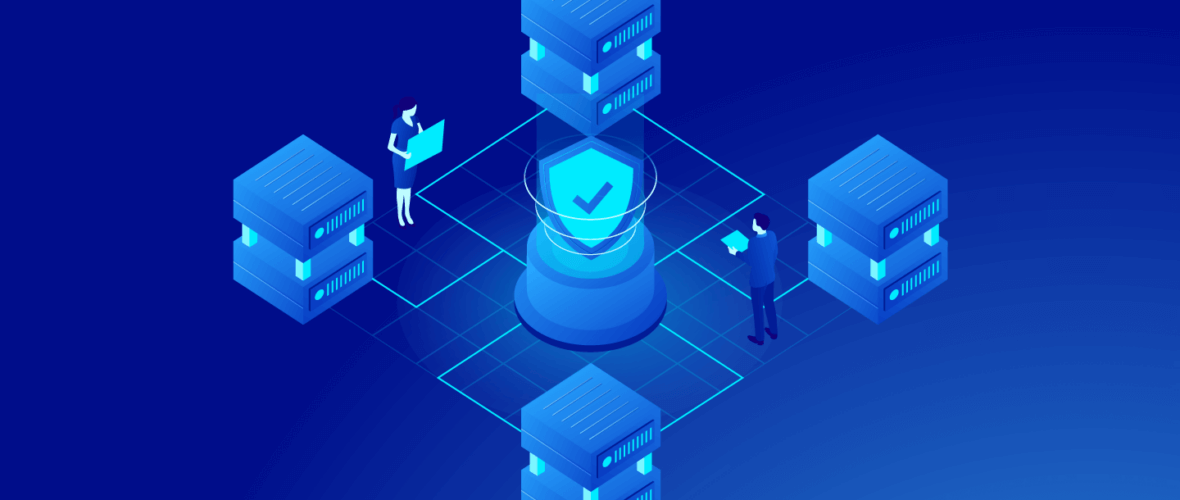 Blockchain technology found its first real-world application with the launch of Bitcoin in 2009. Since then, entrepreneurs in various industries have begun to explore the potential of this technology. Blockchain technology is gaining ground in fields as diverse as health records management, digital identity verification, supply chain tracking, and video games. The ability of Ethereum and other blockchains to store and execute computer code has expanded the number of uses for this innovative technology.
Blockchain technology found its first real-world application with the launch of Bitcoin in 2009. Since then, entrepreneurs in various industries have begun to explore the potential of this technology. Blockchain technology is gaining ground in fields as diverse as health records management, digital identity verification, supply chain tracking, and video games. The ability of Ethereum and other blockchains to store and execute computer code has expanded the number of uses for this innovative technology.Bitcoin
BTC
42096.90 EUR
-1.53%
2397.66 EUR
-0.23%
0.544850 EUR
-1.72%
89.928 EUR
-4.89%
0.529082 EUR
-2.47%
0.912600 EUR
-0.02%
283.211 EUR
-1.42%
The Past Is Just a Prologue
As we eagerly await the future of the blockchain revolution, we can learn from technologies that have similarly changed the world in the past.
When desktop computers first hit the market in the 1970s, they immediately found a market among hobbyists and enthusiasts. However, their numbers were not very large. Computers hit the big time with the development of the first “major application,” a spreadsheet program called VisiCalc. The software was so useful and flexible that it justified the purchase of computers in businesses large and small. It was VisiCalc that upgraded desktop computers.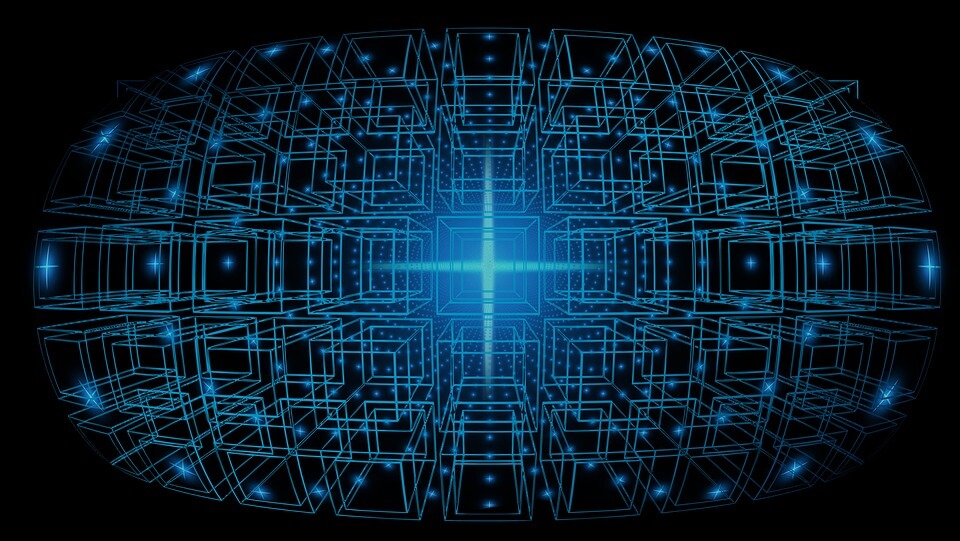
When IBM compatible computers came on the scene, Lotus 1-2-3 was the program that justified the purchase. The desktop was good technology at a reasonable price, but it didn't start its rise until it became a necessity to run 1-2-3.
Microsoft Windows, 1980’lerde masaüstü kullanıcılarına birçok yenilik sundu, ancak, Windows olmadan kullanamayacağınız etkileyici bir üretkenlik araçları paketi olan Microsoft Office’in piyasaya sürülmesine kadar geleceği belirsizdi. Birkaç yıl sonra, Microsoft’un kurucusu Bill Gates, internet tarayıcısını Windows 95’in en iyi uygulaması olarak tanımladı.
Blok zincirinin geleceğinin de aynı yolu izleyeceğini düşünmek mantıklı olur. Bu teknoloji, ilk kişisel bilgisayarlar, IBM masaüstü veya Microsoft Windows gibi bir temeldir. Blok zincirinin yararlı olabileceği tüm pazarlarda potansiyelini gerçekleştirmesi için, öncelikle pazarlar arasında geniş bir çekiciliği olan bir uygulama veya hizmetin temeli haline gelmesi gerekir – çok önemli bir uygulamanın. Blok zinciri neden önemli? Çünkü bir uygulamayı çalıştırıyor veya insanların karşı konulmaz bulduğu bir hizmet sağlıyor. Çok önemli bir uygulama.
Blok Zincirleri ve Önemli Uygulamalar
Blok zinciri teknolojisi, Bitcoin ve diğer kripto paralar ile ayrılmaz bir şekilde iç içe geçmiştir. Şu anda blockchain ağlarıyla etkileşime giren insanların çoğu bunu sadece kripto paraları bunun üzerinden alıp sattıkları için yapıyor. Onlar için kripto, blok zincirinin en önemli uygulamasıdır.
Ancak çoğu insan henüz kripto para satın almadı ve tüm günlük alışverişlerinizi Bitcoin veya başka bir kripto para ile yapabileceğiniz bir gelecek hala çok uzak görünüyor. Tek başına kripto para, blok zincirini tam potansiyeline ulaştırmak için yeterli değildir. Blok zincirinin sunacağı tek şey buysa, bu blok zincirinin herkes tarafından kullanılan bir teknoloji haline gelmekte başarısız olmasının nedeni olur.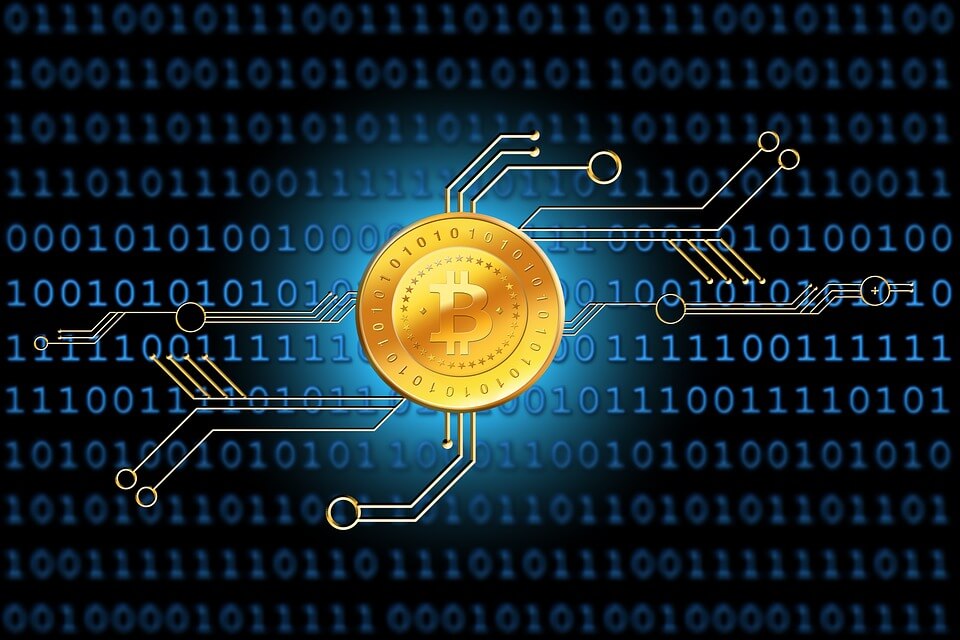
Ama daha fazlası var. Çok daha fazlası.
Çok ilginç bir merkeziyetsiz finans uygulaması, blok zincirini ana akıma yönlendirebilir. Her gün yenileri eklenen yüzlerce DeFi uygulaması artık mevcut.
Değiştirilemez tokenler, oyunlar, sanat eserleri, koleksiyonlar ve NFT teknolojisi ile uygulanan yatırımlar yoluyla blok zinciri dünyasına birçok yeni kullanıcı kattı. Bu alanlardan bazıları milyonlarca potansiyel kullanıcıdan oluşuyor, bu yüzden bunlardan biri blok zincirinin en önemli uygulaması haline gelebilir.
Metaverse, blok zincirini kitlelere ulaştıran, sahip olunması gereken bir hizmet haline gelebilir. Şu anda geliştirilmekte olan metaverse’lerin çoğu, yalnızca kimlik doğrulaması ve kişisel eşyaları NFT olarak temsil etmek amaçlı olsa da, perde arkasında blok zincir teknolojisini kullanır.
Blockchain teknolojisi, tüm bu alanlardaki gerçek ihtiyaçları karşılar ve bunlardan herhangi biri tüketici bilincine yerleşebilir ve blok zincirlerinin her yere yayılmasını sağlayabilir. Bunu hangi blok zincirinin yapacağını tahmin etmek zor. Blok zincirinin geleceği ne kadar büyük? Potansiyel olarak çok büyük.
Gelecek Nasıl Görünüyor
Geçmiş bize bir şey söylüyorsa, o da blok zincirleri günlük hayatın gerekli bir parçası haline geldiğinde, onlar hakkında konuşmayı bırakacağımızdır. Bu, önemli uygulamaların altında yatan teknik temellere olan şeydir.
Microsoft Office piyasaya çıktığında bir süre herkes Windows’tan bahsetti. Bilgisayarınızın Windows uyumlu olması gerekiyordu. Windows’un bir kopyasını satın almanız gerekiyordu. Windows sürümünüzün en son Office sürümünü çalıştıracak şekilde güncellendiğinden emin olmanız gerekiyordu.
Ve sonra, Windows kritik kitleye ulaştığında, insanların onun hakkında çok fazla konuşmasına gerek kalmadı. Office kullanıcıları Windows’u kanıksayabilir. Windows temel sistem olmaya devam etti, ancak kullanıcı odak noktası teknik temele değil, Windows üzerinde çalışan uygulamalara kaydı.
Web3, DeFi ve NFT - Basit ve Güvenli
Web3 Cüzdanı İndir
Blok zincirinin geleceği de böyle görünüyor. Bir süreliğine blok zinciri ön planda olacak. Blockchain uygulamaları oluşturabilecek geliştiriciler arıyoruz. Blok zinciri uygulamalarını blok zinciri dışı verilerle veya birbiriyle uyumsuz blok zincirlerinde çalışan servislere entegre edebilen hizmetler arıyoruz. Ölçeklenebilirlik ve güvenliğe odaklanıyoruz.
Devrim geldiğinde bunun nedeni, blok zinciri teknolojisinin istediğimiz uygulamalar ve hizmetler için olgun ve istikrarlı bir temel sağlaması olacaktır. Bunlara odaklanacağız ve blockchain hakkında çok fazla konuşmayı bırakacağız.
Blockchain teknolojisinin başarıya ulaştığını, onun hakkında konuşmayı bıraktığımızda anlayacağız.
NOT
Bu metin, bir bilgilendirme metnidir ve bir yatırım tavsiyesi olarak görülmez. Yazarın veya hizmetin kişisel görüşünü ifade etmez. Herhangi bir yatırım veya alım satım risklidir, geçmiş getiriler gelecekteki getiriler için bir garanti değildir - yalnızca kaybetmeyi göz alabileceğiniz varlıkları riske atın.
BLOK ZİNCİRİ İLE PARA KAZANMAK
BLOK ZİNCİRİNİN ESASLARI
GERÇEK DÜNYADAN BLOK ZİNCİRLERİ
Blok Zinciri Oracle’ı Nedir?
Metaverse Nedir ve Ne Olduğunu Neden Bilmemiz Gerekiyor?
Blok Zinciri Tabanlı Kimlik Yönetimi
Günümüzde Blok Zincirinin Gerçek Dünyadaki Kullanımına En İyi Örnekler
Blok Zinciri Devriminin Geleceği Nedir?
İLGİLİ MAKALELER
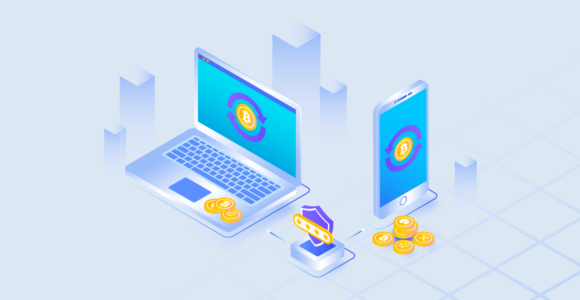 Özel Anahtar Nedir?
Özel Anahtar Nedir?
Blockchain teknolojisi, karmaşık bilgisayar işlemleri kullanılarak adreslerin ve diğer bilgilerin şifrelenmesini içeren kriptografi temeli üzerine kurulmuştur. Kriptografi, kripto işlemlerini güvenli hale getirmede kilit rol oynar.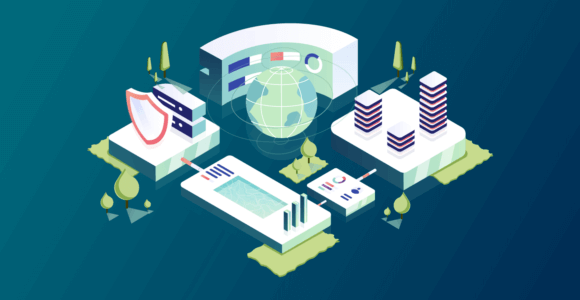 Kapsamlı Blok Zinciri Güvenlik Kılavuzu
Kapsamlı Blok Zinciri Güvenlik Kılavuzu
People say blockchain technology is extremely secure, but the news is full of stories of scams, hacks and security breaches resulting in losses of millions of euros. What is the truth about blockchains? How can you keep your cryptocurrency safe?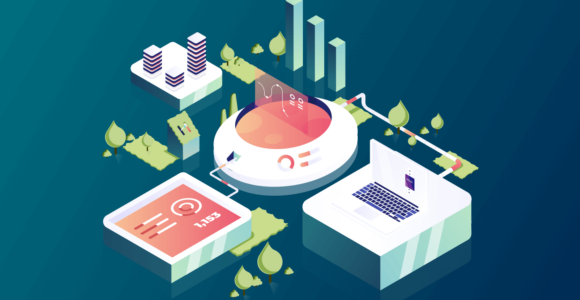 Most Popular Blockchain Networks
Most Popular Blockchain Networks
Every modern cryptocurrency is hosted on a blockchain network. Currencies such as Bitcoin, Ether, and Dogecoin have their own blockchains, while other currencies operate on existing blockchains. Here's a guide to the market's best blockchain networks.
Manage your portfolio wherever you are
Use the website or download our secure mobile app today.
start now
Download app
- € EUR
- € EUR
- $ USD
- £ GBP
- лв. BGN
- Kč CZK
- ft HUF
- zł PLN
- kr SEK
- ₺ TRY
- fr. CHF
- kr NOK
- LRON _
- cr. DKK
- English
COMPANY
BUSINESSES
USEFUL LINKS
- Help (EN)
- Frequently asked Questions
- What is Bitcoin (BTC)?
- How to Buy Bitcoin?
- What is Ethereum (ETH)?
- How to Buy Ethereum?
- What is Cardano (ADA)?
- How to Buy Cardano?
OTHER
- Ambassador program
- Affiliate program
- Bug Bounty
- Fees (EN)
- Supported Countries (EN)
- Supported Actions
- Legal and safety (EN)
- site map
Kriptomat © 2024













































